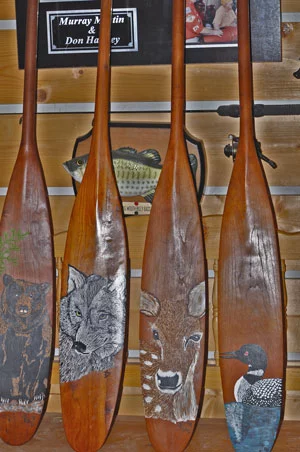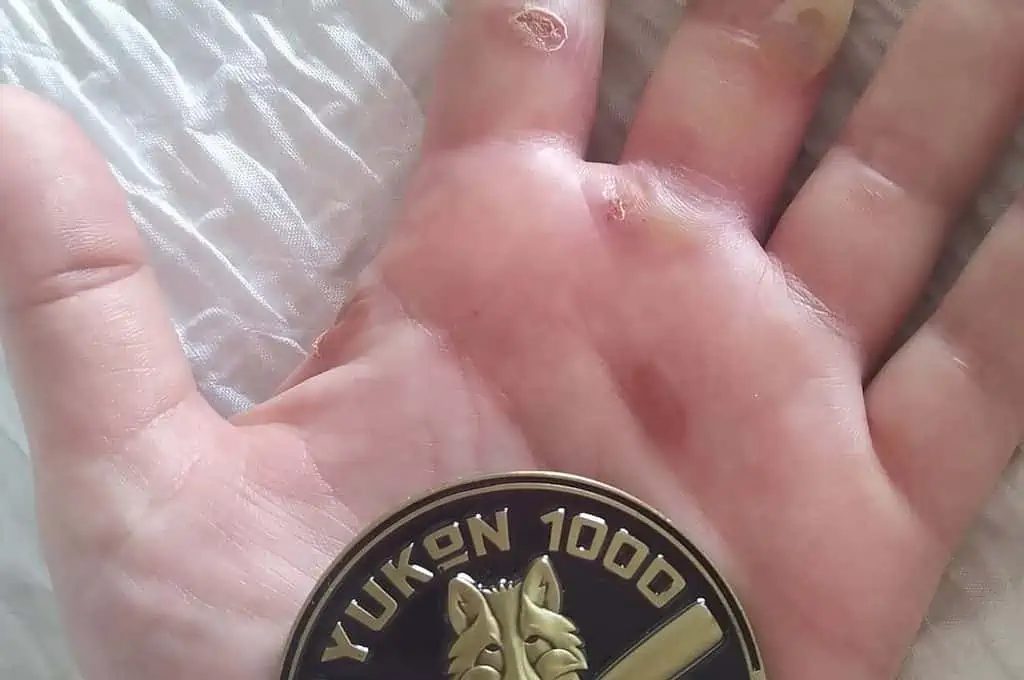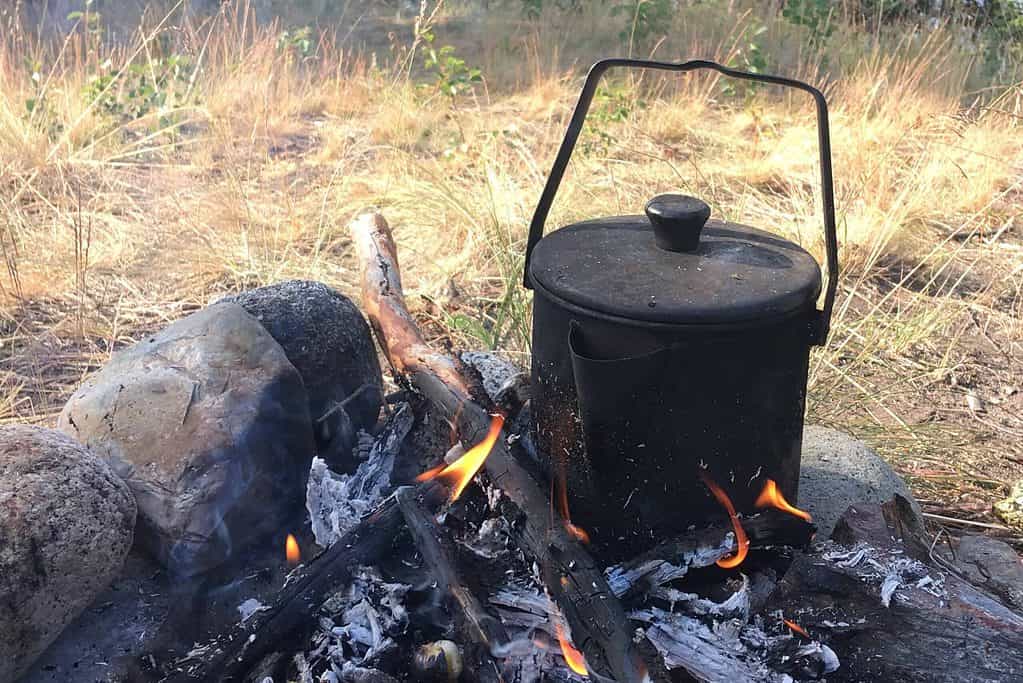There are many canoe paddles on the market today, made in many styles, of many materials. The key to buying one to fit you personally is appreciating the adventures you will be undertaking in your canoe. If I was to go kayaking, I certainly would only use the ultra light synthetic paddles, even though I have a rare wooden kayak paddle. When it comes to canoeing I will only use the wooden (not laminated) paddle, especially when white water running.
Even as a young kid, I had an attraction to the canoe and the white waters. Later in years my attraction to the canoe ended in some long research and white water challenges and soon I designed and built my own canoe to fit my life’s attraction to the challenge of the white caps. This led to one more challenge and that was to make my own paddle to fit me personally. Basically, I was right-handed. In sports I batted left and played hockey left-handed. So why not make a paddle for a left-handed person?

Many of my white water trips took place on the Groundhog River in northwestern Ontario. It was a five or six-day trip, loaded with rapids. As mentioned I was a left-handed hockey player. Just about every canoe paddle grip is straight in line with the shaft. That means your wrist is always slightly bent, but not my home made paddles. In making my paddles I would adjust the grip a little to the left so my wrist was never bent, resulting in a more comfortable canoe trip and less stress.
Personally, I am not for laminated wood paddles, metal paddles, nor the paddles with a hook in them. There are many things to look for when buying a paddle to fit your personal self. Number one is to make sure that neither the shaft nor blade, have knots in them. The knots will weaken the paddle or shaft. Make sure that the grain in the wood runs straight up and down in the shaft and blade. A slight twist in the grain could be a weakening point and add to the chance of a break in the paddle. Another point is to make sure the paddle has some flexibility in it. Most metal and laminated paddles lack any flexibility.
The width and actual design of the blade is important in buying your paddle. If you have short arms I would suggest to stick with a maximum five-inch wide blade, especially on long trips. I was six feet tall at 16, with long arms. Anybody that fits close to those measurements should be looking for paddles with a seven-inch wide blade. Shorter arms, then look for paddles with five- inch wide blades. As to the total length of the paddle, when standing upright, chose a paddle that comes up to the bottom of your nose. I have always been the stern person and the seven-inch wide blade and total length as suggested is most ideal, especially if running rapids and controlling your canoe in windy waters.
There are many types of grips (top of shaft) on the market today and over the years I have given many a good honest try. Even if you are only going out for an hour in the canoe, the grip you use can make the difference in enjoying the canoe ride or not. There are bar type grips, like a short metal pipe, and of course those with round grips. My suggestion is to stay away from those, as they will place extra pressure on your hand and wrist. Secondly, with the round grip, your position can vary in the way you take a hold of the grip end of the paddle. In buying your paddle, make sure it fits you comfortably. Many paddles on the market have thick grips. Make sure you hand is comfortable when taking a hold of the grip. This is important, especially on long canoe trips or running white water.
Now, word to the wise on taking care of the paddle. Make sure the wooden paddle has a good coat of waterproof varnish, Do not place the varnish on points where your hand will be on the paddle. On these parts use linseed oil only. A varnish hand grip (like metal hand grips) are tough on the hands. Lightly sand down you paddles each year and re-varnish and linseed the specific parts before putting into storage.
So I will close this week’s column by leaving something for you to dwell on: THE ESSENCE OF A NEW DAY. This is the beginning of a new day. You have been given the day to use it as you will. You can waste it or use it for good. What you do today is important because you are exchanging a day of your life for it. When tomorrow comes, this day will be gone forever, leaving in its place whatever you have traded for it. Let it be something good!




